There are larger generators that can produce 10,000 W of power, and there are also smaller generators that produce 5000 W or less power output. But, the 7500-watt generator hits the middle spots. Suppose you want to run some larger household appliances, such as space heaters, air conditioners, freezers, etc., with the portable generator. In that case, the 7500W generator can provide power to charge those devices — though not all at the same time.
If you are looking to purchase a 7500W generator, it's essential to understand the different types of generators available in the market. For example, propane or gas generators use fossil fuels to work and emit toxic fumes when charging appliances. On the other hand, inverter generators and solar generators use clean energy and do not emit any harmful gases. Let's explain them briefly :
7500-Watt Portable Generator : As their name suggests, the 7500W portable generator has a wattage capacity of 7500 and generally features wheels or handles for easy movement.
7500-Watt Inverter Generator : Inverter generators are best known for their quiet and fuel-efficient nature. They are much preferred for charging sensitive electronics like mobile phones, laptops, TVs, and even RVs.
7500-Watt Solar Generator : Solar generators are reliable and emission-free alternatives to gas and propane generators. They often come with solar panels to generate electricity and charge the portable power station, which can then power household, RV, or outdoor appliances.
Before you choose the generator, it is essential to understand different terms related to wattage. Here, we will explain them :
Starting Watts : As the name suggests, the starting wattage is the wattage required by any indoor or outdoor appliance to start. Many appliances need more wattage to start up and less to keep running.
Running Watts : Sometimes referred to as rated wattage, it is the amount of electricity required to keep the appliance running for hours. It is typically the multiplication of amps and volts of the specific appliance.
Surge Watts : It's the highest amount of wattage or power a generator can produce while charging the appliances. Generally, the surge peak output of the Jackery Portable Power Stations is double their rated wattage.
Watt-Hour : It is equal to one watt of power delivered in one hour. The watt-hour also defines the battery capacity of the solar generator or portable power station, indicating how much energy it can supply. A generator with a higher battery capacity ensures you can run appliances for long hours.
What Size Generator Do I Need?
The size of the solar generator needed to power a household, work site, RV, or any outdoor adventure will depend on the wattage of the appliances you are charging simultaneously. A generator that can provide anywhere between 5000 - 8000 W would be enough to charge a typical household. With a 7500-watt generator, you can expect to charge almost all the essential household appliances, such as air conditioners, refrigerators, sump pumps, light bulbs, and TVs.
If you are still wondering "what size generator do I need," you need to follow a few steps mentioned below :
Step 1 : List the Appliances
The first step is to list all the appliances that you plan to use "simultaneously" in your household, RV, or while camping. You need to take into account both the running and starting wattage of the chosen appliances.
For example, we assume you want to charge the below-mentioned appliances at the same time :
- Refrigerator : 600 W running / 1200 W starting
- CPAP Machine : 30 W running
- Coffee Maker : 1000 W running
- Electric Water Heater : 1300 W running
- Window Air Conditioner : 1800 W running / 2700 W starting
If you cannot find the wattage consumption on the appliance itself or in the user manual, consider multiplying amps by volts to get watts.
Step 2 : Add Appliance Wattage
Now, add the running wattage of all the appliances you chose in the previous step. In this case, the total running wattage is 4730 W.
Step 3 : Calculate Total Generator Watts
Find the electrical appliance with the highest starting wattage in the list and add the number to the total running watts. Here, the window air conditioner has the highest starting wattage of 2700 W. The total running and starting watts are equal to 7430 W.
The obtained number (7430 W) is the minimum starting wattage of the generator you need.
Here's the diagram that reveals the calculation and how to determine what size generator is required for the needs.
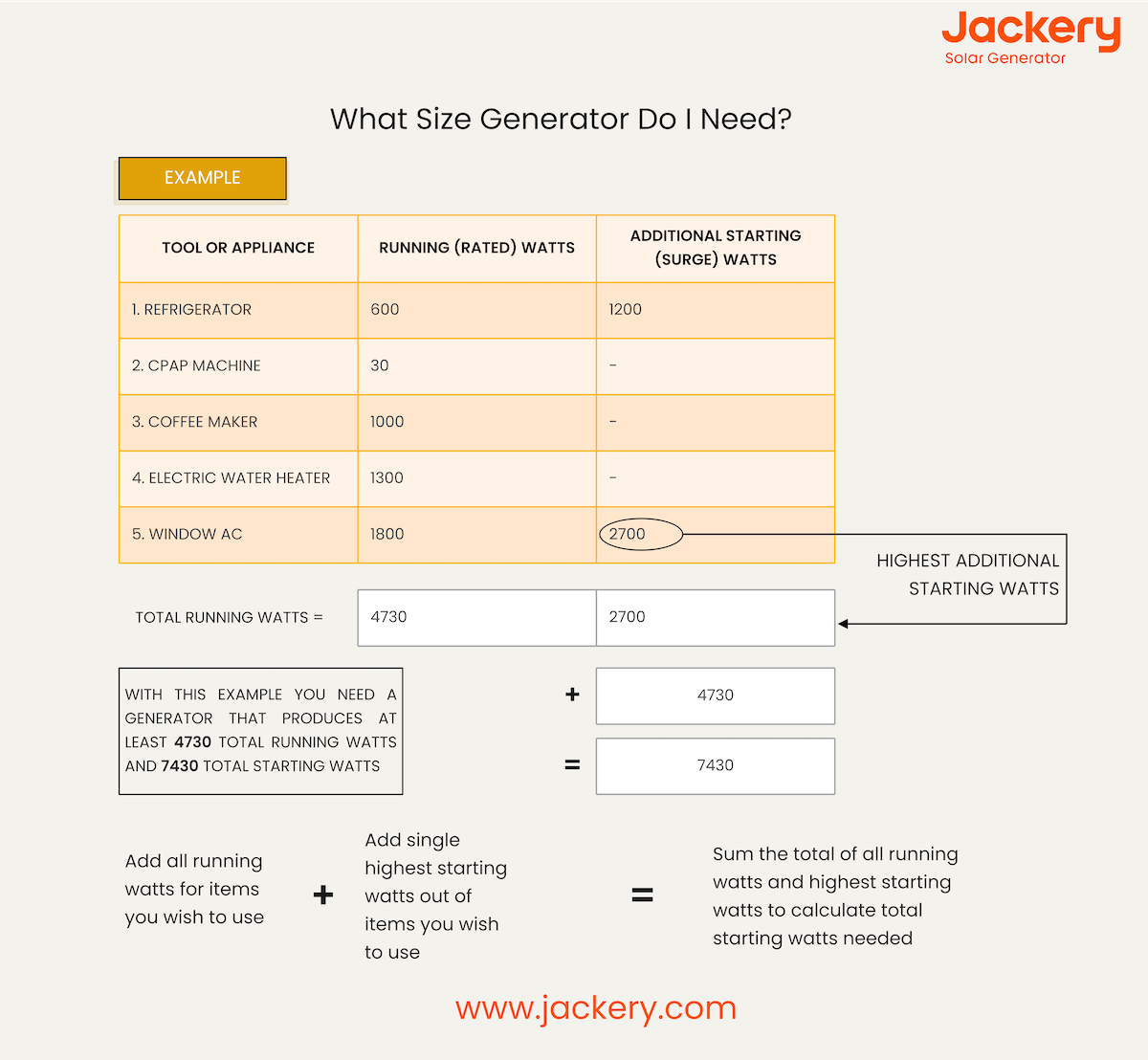
What Can a 7500 Watt Generator Run?
A 7500 W generator can run most small and large appliances, including large window ACs, refrigerators, deep freezers, water heaters, sump pumps, etc. The best method to understand what can a 7500-watt generator run is by checking the running and starting watts of the appliance. In the case of a 7500W generator, remember that the running wattage is 7500 watts, and it will have around 9000-9500 W of surge power capability.
Will a 7500-watt Generator Run a House?
Yes, a 7500W solar generator is a decent-sized generator for most household appliances, including space heaters, ACs, refrigerators, TVs, mobile phones, coolers, and sump pumps. However, it is always a good idea to balance what appliances you are planning to run at the same time with your 7500-watt generator for the house. For example, running a dishwasher, washing laundry, and keeping the AC on all at the same time can put a strain on a 7500-watt generator.

|
House Equipment |
Running Watts |
Starting Watts |
|
Blender |
300 W |
0 W |
|
Air Fryer |
1500 W |
0 W |
|
Hot Water Dispenser |
800 W - 1500 W |
2200 W |
|
Ice Maker |
90 W |
0 W |
|
Electric Blanket |
400 W |
0 W |
Work Site
Large 7500W generators are suitable for work site appliances that demand high wattage, such as bench grinders, table saws, miter saws, pressure washers, and electric drills. Remember, some power tools and motor-driven equipment used at work sites are measured by horsepower. It's always a wise idea to double-check the starting wattage required for motor-driven equipment, as it may need nearly two to four times as much power to start as it does to run.
|
Work Site Equipment |
Running Watts |
Starting Watts |
|
Angle Grinder |
1800 W |
4000 W |
|
Pressure Washer |
1200 W |
3600 W |
|
Circular Saws |
1400 W |
2300 W |
|
Floodlights |
500 W |
0 W |
|
Electric Drill |
600 W |
900 W |
RV
A 7500 W portable generator for RV can run most — if not all — your RV appliances, such as refrigerators, lights, TVs, and heating and cooling systems. You need to make sure you've enough space for a 7500 W generator in your RV. Generally speaking, you can charge most appliances in Class A RV with two AC units (each 15,000 BTU) using a 7500 - 8000 W generator. However, if you want to power multiple appliances in the Class A RV with three AC units (each 15,000 BTU) at the same time, you might need a larger 10,000-watt generator or 15,000-watt generator.
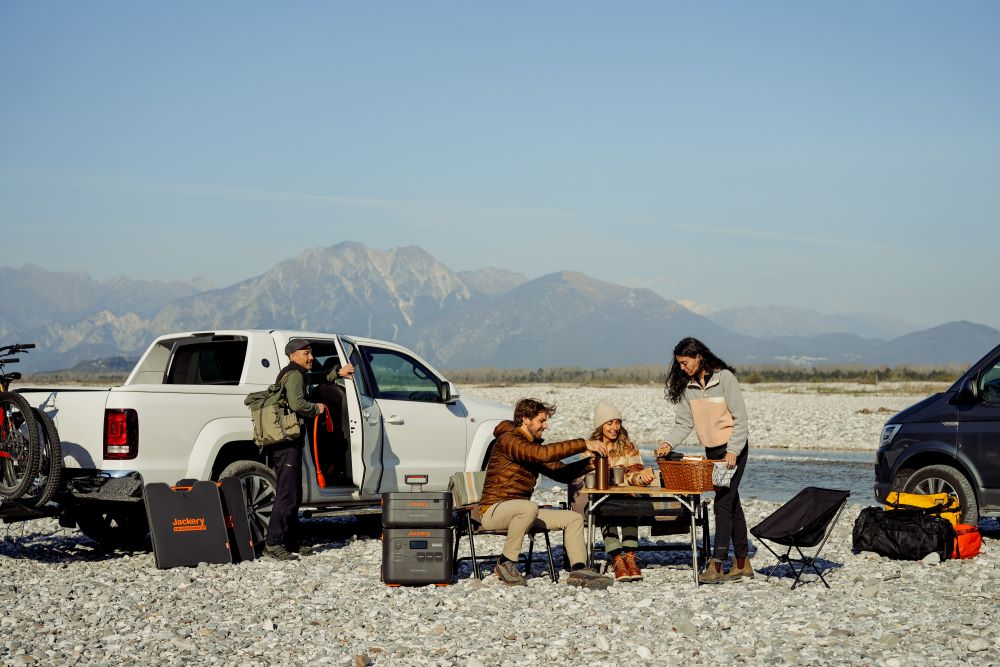
|
RV Appliances |
Running Watts |
Starting Watts |
|
Dehumidifier |
800 W |
1250 W |
|
RV Roof-Top AC (11,000 BTU) |
1000 W |
1600 W |
|
Space Heater |
1800 W |
1800 W |
|
Clothes Washer |
1100 W |
2300 W |
|
Inflator Pump |
50 W |
150 W |
Off-Grid Living
A 7500-watt generator can power most off-grid living appliances, including a refrigerator, freezer, sump pump, lights, television, computer, and a few smaller appliances. It typically has a peak (starting) power output of 9000-9500 watts and a running (continuous) power output of 7500 watts. If you are looking to practice complete off-grid living and switch to clean energy, it's best to consider an expandable solar generator. This will help you expand the battery capacity of the generator, depending on your electricity needs.
|
Off Grid Appliances |
Running Watts |
Starting Watts |
|
Electric Stove |
800 W |
0 W |
|
Microwave |
600 W |
0 W |
|
Toaster Oven |
1200 W |
0 W |
|
Light Bulbs |
75 W |
0 W |
|
Washing Machine |
1200 W |
2300 W |
Jackery 7500 W Portable Generators
Jackery currently does not offer a 7500W generator, but you can consider the Jackery Solar Generator 5000 Plus, with a 7200W rated and 14400W surge power. If you need more power, you can attach multiple Jackery Battery Pack 5000 Plus to expand the capacity up to 60kWh. Here, we will reveal different Jackery Solar Generators suitable for various use cases, such as home emergencies, RVing, camping, and worksites.
Jackery Solar Generator 2000 Plus Kit (6kWh)
The Jackery Solar Generator 2000 Plus Kit (6 kWh) is a sizable battery-powered generator and a great 7500-watt generator alternative. It can supply continuous electricity to midsize and large appliances, including ACs, refrigerators, coolers, space heaters, electric water heaters, etc. The two Jackery SolarSaga 200W Solar Panels available will help you recharge the portable power station even when there is no nearby electricity outlet available. Since it has double wheels and a suitcase design, you can move the solar generator to different places to charge appliances at a worksite.

Who Should Buy This
If you need more than a basic backup and want long runtimes, flexibility, and solar recharging, you can consider investing in the Jackery Solar Generator 2000 Plus Kit (6kWh).
Customer Review
“We used the Explorer 2000 + power pack + panels on a weekend trip to a site with no hookups. Only took the panels out for a few hours, and managed to come home at 47%. That said, we only really used a fan, lights, radio, and water pump, plus charging our devices.” — TravvyB.
Jackery Solar Generator 5000 Plus
The Jackery Solar Generator 5000 Plus is an essential home backup solution, boasting a large battery capacity and serving as a great alternative to a 7,500-watt gas generator. With a 5kWh base capacity that can be expanded up to 60kWh, it can handle high-demand appliances such as HVAC units, deep freezers, sump pumps, well pumps, and even multiple essential circuits through a home transfer switch. It's ideal for those who want to power appliances that operate at 120V and 240V.

Who Should Buy This
If you want a clean, high-capacity solar generator that has a rated output around 7200W and is a reliable 7500-watt generator without relying on gas, you can consider investing in the Jackery Solar Generator 5000 Plus.
Customer Review
“The Jackery 5000 Plus, alongside the Smart Transfer Switch, is a really great combination. Everything just works. Having automatic power switching from the grid to backup power is very nice. If you are getting the 5000 Plus, I would strongly recommend adding the Smart Transfer Switch - no extension cords!” — Thomas Rowe.
Jackery Solar Generator HomePower 3000
The Jackery Solar Generator HomePower 3000 strikes a balance between portability and functionality. It has a massive capacity that can run large appliances like full-size refrigerators, space heaters, or portable ACs. It is the lightest and smallest 3kWh solar panel, which is compact enough to roll between rooms or carry outdoors. Whether you need an essential home battery backup solution for long-term power outages or a compact solar battery backup, this solar generator is an ideal choice.

Who Should Buy This
If you need a versatile, high-capacity essential home backup solution that can run several appliances during outages or outdoor adventures, the Jackery Solar Generator HomePower 3000 has got your back.
Customer Review
“This HomePower 3000 now powers my 63-quart Iceco Fridge with DC power. What I like most is that, while the weather is not too hot, the fridge pulls 4-7% from the battery per 24-hour period!! When the battery reaches 70%, I put out the panels and the battery is recharged in 2 hours or less.” — Karen Davenport.
|
Product |
Output Rated / Surge Watts |
Capacity |
Appliances Running Time |
|
Jackery Solar Generator 2000 Plus Kit (6kWh) |
3000W / 6000W Surge Peak |
6128.4Wh |
Refrigerator (300W): 14.9H Microwave (1500W): 3.4H Heater (1400W): 3.6H Coffee Maker (600W): 8.0H Clothes Washer (1100W): 4.5H
|
|
Jackery Solar Generator 5000 Plus |
7200W / 14400W Surge Peak |
5040Wh |
Refrigerator (300W): 12.2H Microwave (1500W): 2.8H Heater (1400W): 3.0H Coffee Maker (600W): 6.6H Clothes Washer (1100W): 3.7H
|
|
Jackery Solar Generator HomePower 3000 |
3600W / 7200W Surge Peak |
3072Wh |
Refrigerator (300W): 8.1H Microwave (1500W): 1.7H Heater (1400W): 1.8H Coffee Maker (600W): 4.2H Clothes Washer (1100W): 2.3H
|
How Many Amps Does a 7500-Watt Generator Put Out?
A 7,500-watt solar generator will produce nearly 31.25 amps at 120 volts or 40 amps at 240 volts. This is because amps are equal to wattage divided by voltage.
Here is the mathematical representation of the formula :
Amps (I) = Watts (W) ÷ Volts (V)
When the wattage is 7500 W and volts are 120 V, the amps are :
I = 7500 W ÷ 120 V = 31.25 A.
Similarly, if the volts are 240 V, the amps will be :
I = 7500 W ÷ 240 V = 40 A.
Let's take another example to understand :
Jackery Solar Generator HomePower 3000 has a LiFePO4 battery capacity of 3072Wh and is typically operated at 51.2V DC. The amp-hour can be calculated using the following formula :
Amp-hour (Ah) = Watt-hour (Wh) ÷ Volts (V) = 3072Wh ÷ 51.2V DC = 60Ah.
This means that the Jackery Solar Generator HomePower 3000 will produce nearly 60 amp-hours of power.
What is the Quietest 7500 Watt Generator?
Compared to gas or propane generators, solar generators are quiet as they do not have any moving parts. For this reason, solar generators are preferred for charging indoor appliances at night. The Jackery Explorer 2000 Plus Portable Power Station features a Quiet Charging Mode that ensures the emitted noise level is less than 30 dB.
You can quickly activate the feature using the Jackery mobile app and freely run the generator to charge appliances overnight. Additionally, the Jackery Explorer 2000 Plus Portable Power Station has a capacity of 2042.8 Wh and can be expanded up to 24 kWh, making it ideal for running appliances for a long time.
How Long Does a 7500-Watt Generator Last?
The running time of a 7500 W generator will depend on how many appliances you are charging at the same time. For example, if you are charging appliances that consume high wattage, the running time of the generator will be lower.
Here's an example to understand better :
Suppose you are powering a refrigerator (300W), an electric stove (800W), a TV (150W), and LED lights (30W) at the same time. If you are charging all these appliances with the Jackery Solar Generator 2000 Plus (6kWh), the working hours can be calculated using the Running Time Calculator available on the product page. In this case, the estimated working hours of the power station will be 3.9 hours when powering multiple appliances consuming 1280W.
Conclusion
If you are planning to buy a 7500-watt generator, we recommend you understand the power consumption of the appliances you want to charge simultaneously. The choice of the best generator for residential, camping, worksite, and RV appliances will differ depending on what you want to run.
If you are still unsure which solar generator will fit your needs, you may consider the expandable and versatile Jackery Solar Generator 2000 Plus, which can be expanded from 2 kWh to 24 kWh. If you wish to power essential worksite appliances during outages, the Jackery Solar Generator HomePower 3000 might be a good choice.
On the other hand, if your goal is to power most household appliances and cut the electric bills, you might find the Jackery Solar Generator 5000 Plus more reliable.

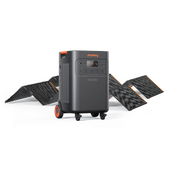
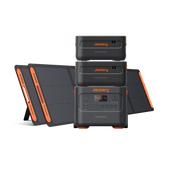
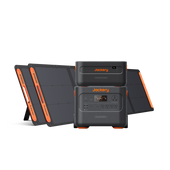
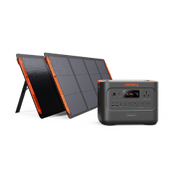

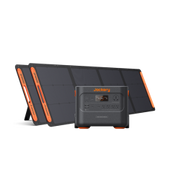
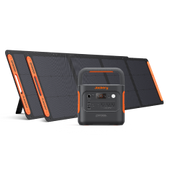

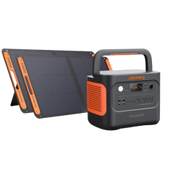

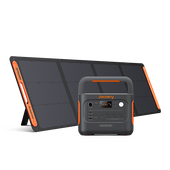
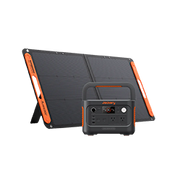

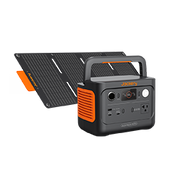
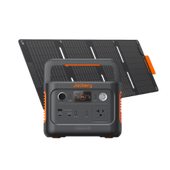
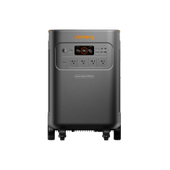
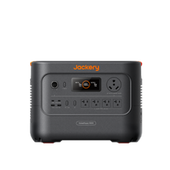
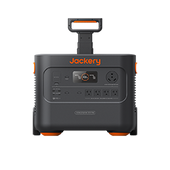
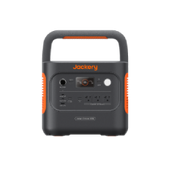
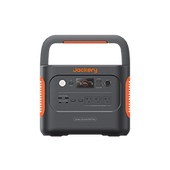
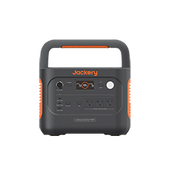
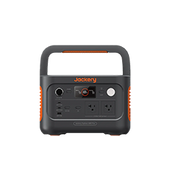
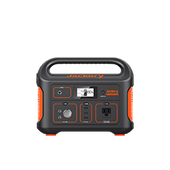
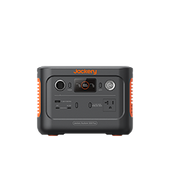

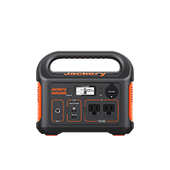
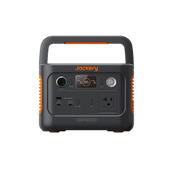
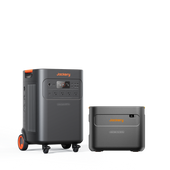
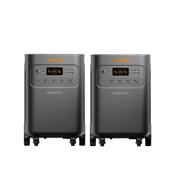

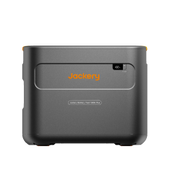
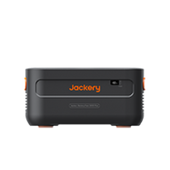
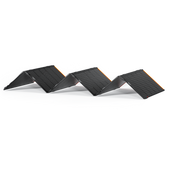
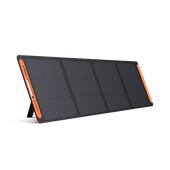

![[Add - on] Jackery Manual Transfer Switch for Explorer 5000 Plus - Jackery](http://www.jackery.com/cdn/shop/files/add-on-jackery-manual-transfer-switch-for-explorer-5000-plus-9017324.png?v=1754016782&width=170)
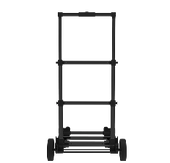
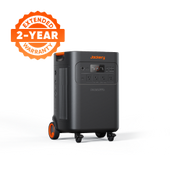
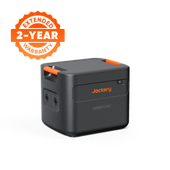
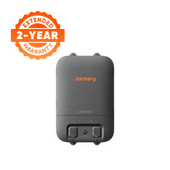


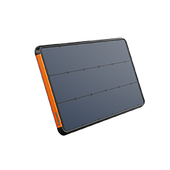
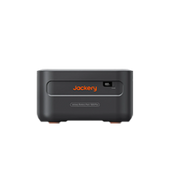

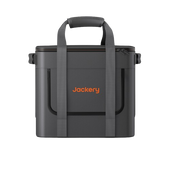
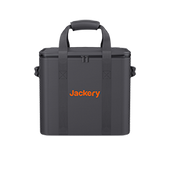
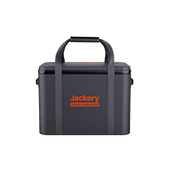
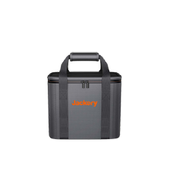
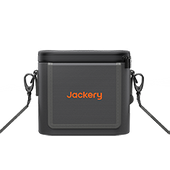
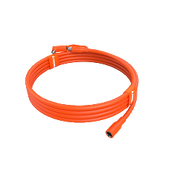

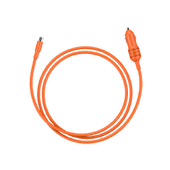


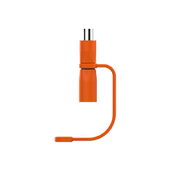
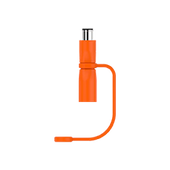
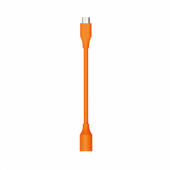
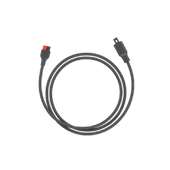

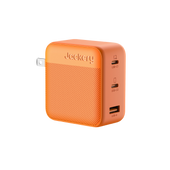
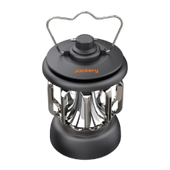


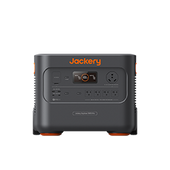
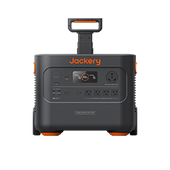
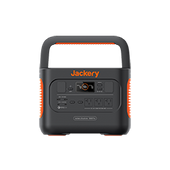
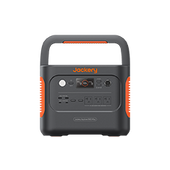
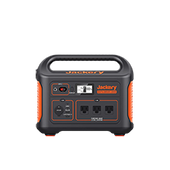
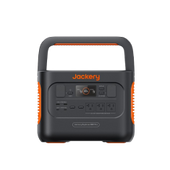
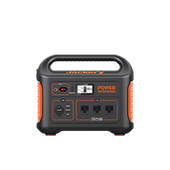
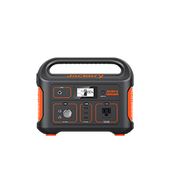
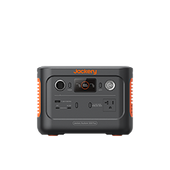
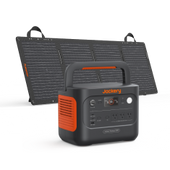
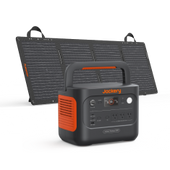
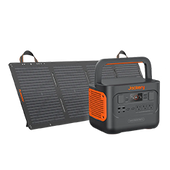
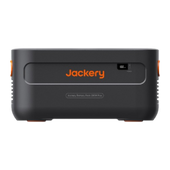
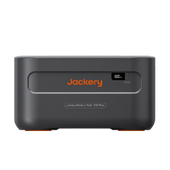


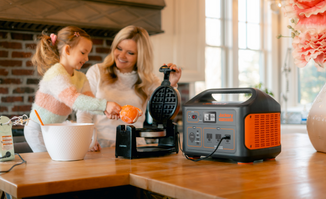
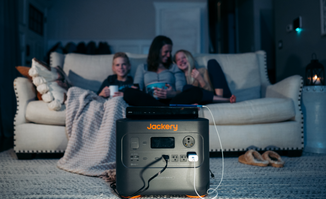

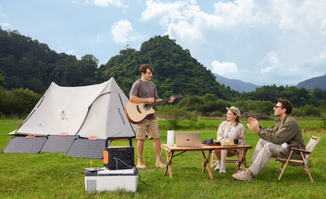
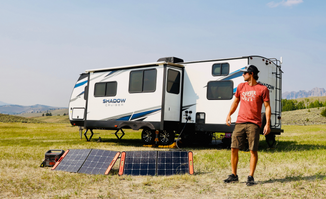

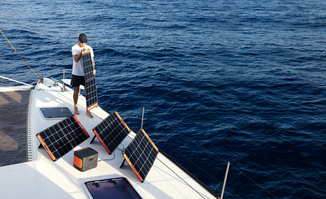
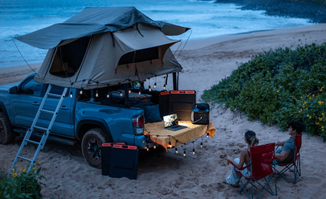
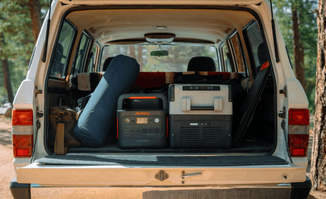




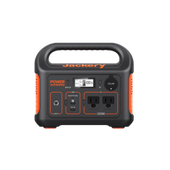
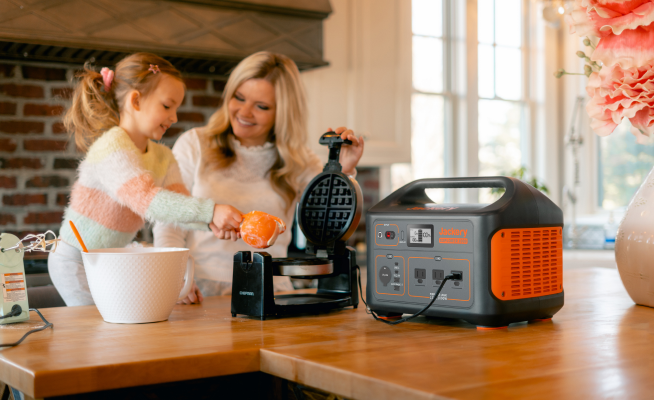
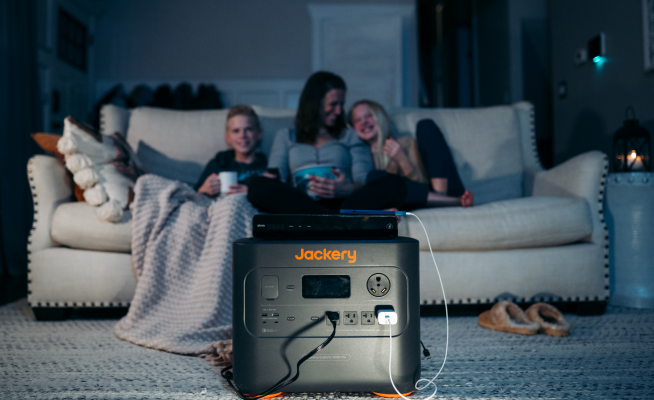

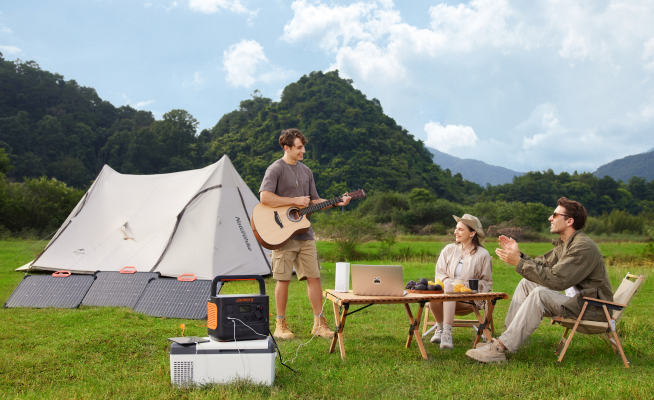
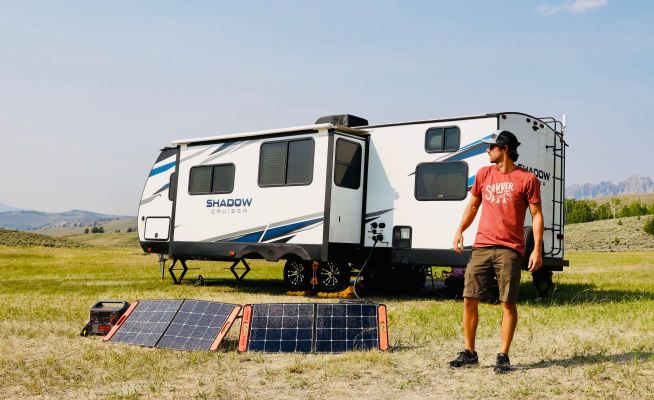

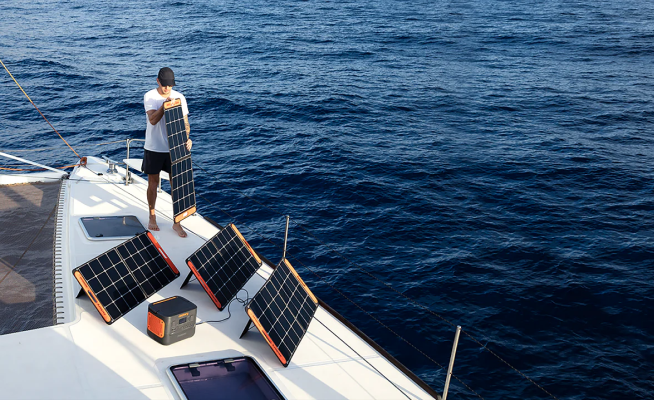
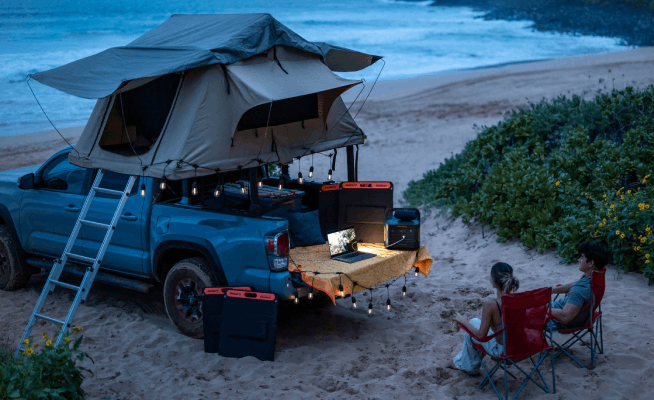
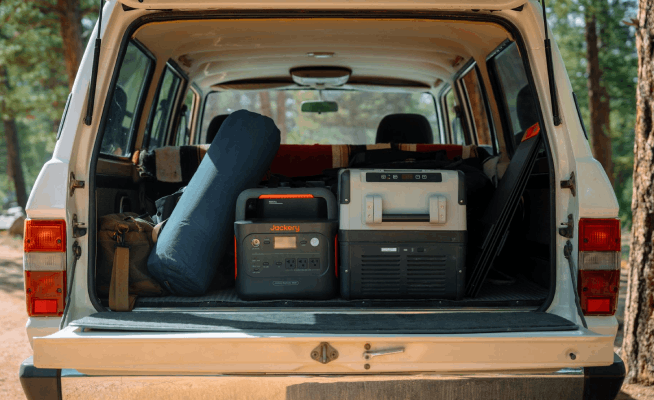













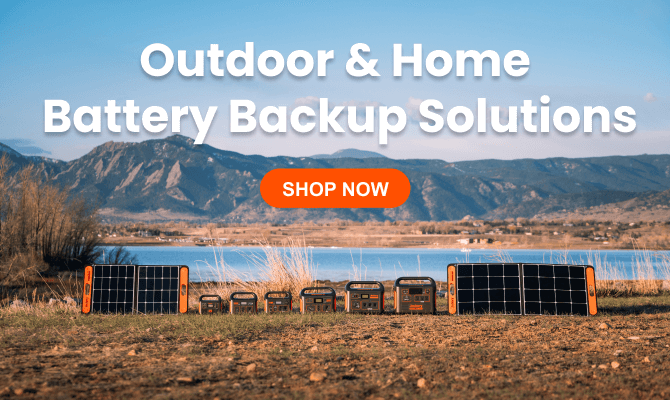
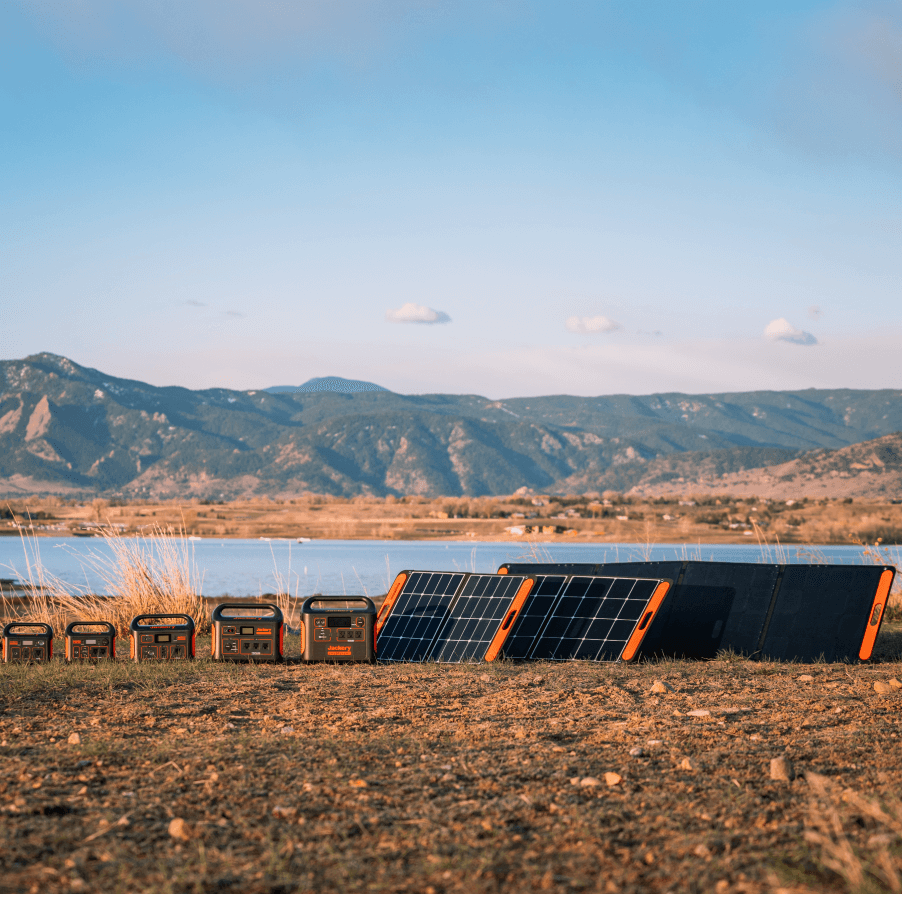
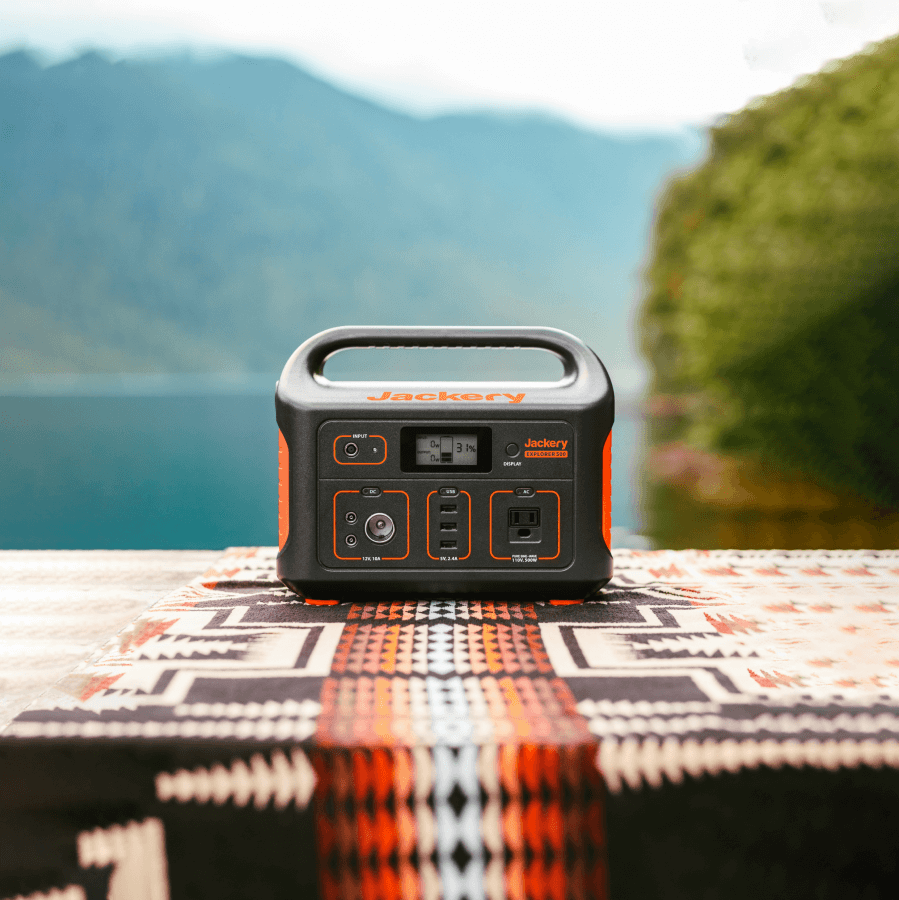
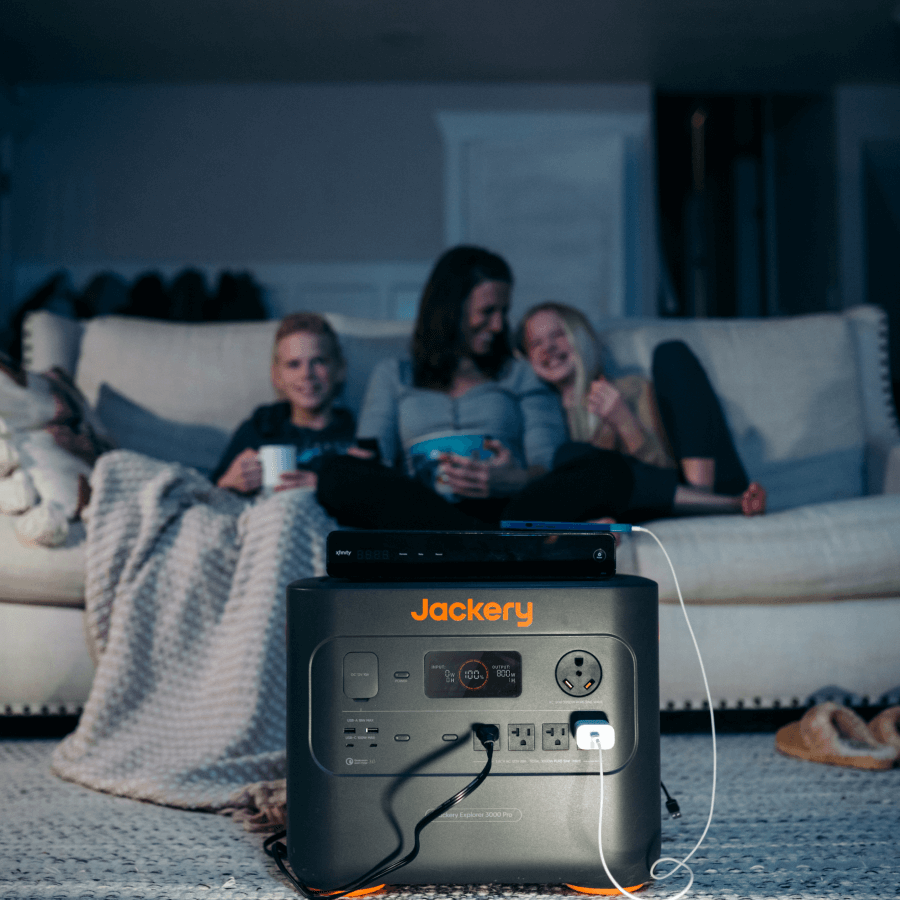
Leave a comment